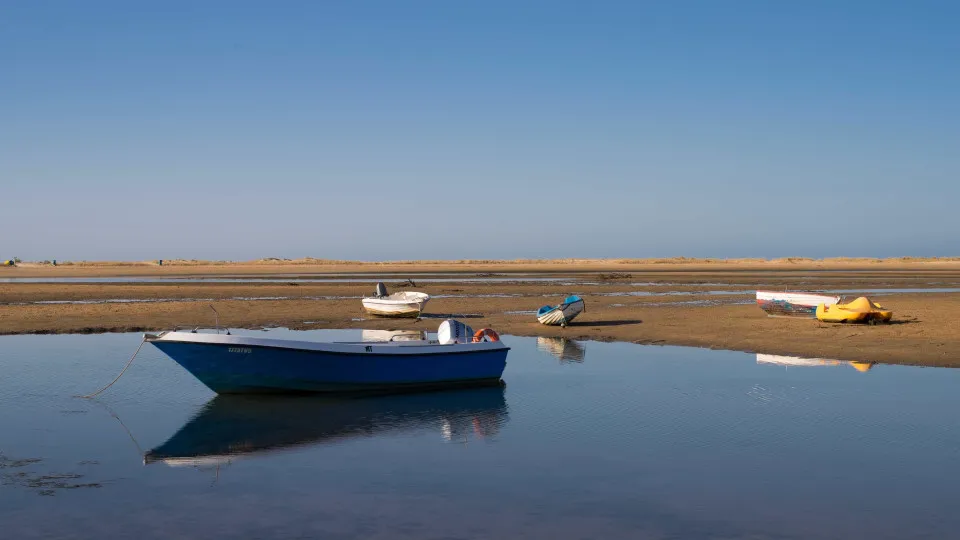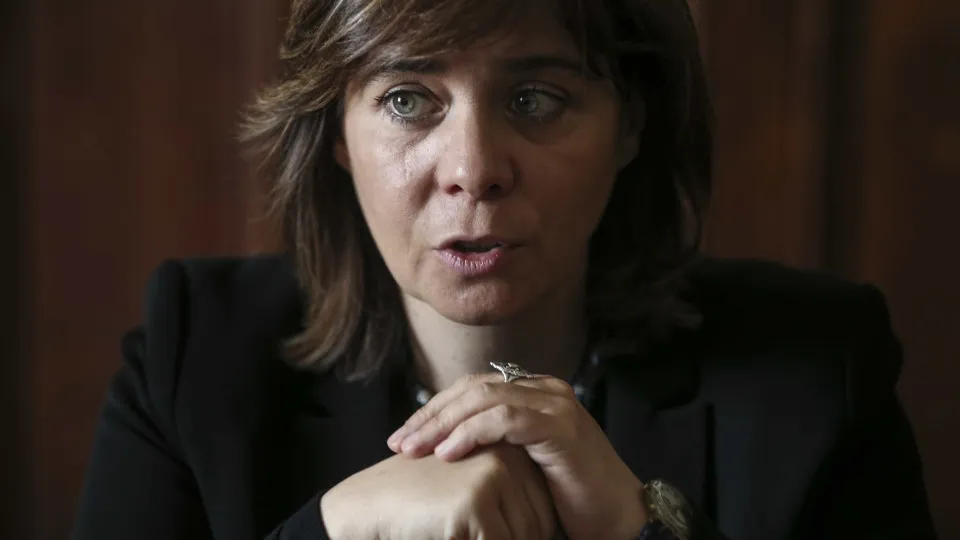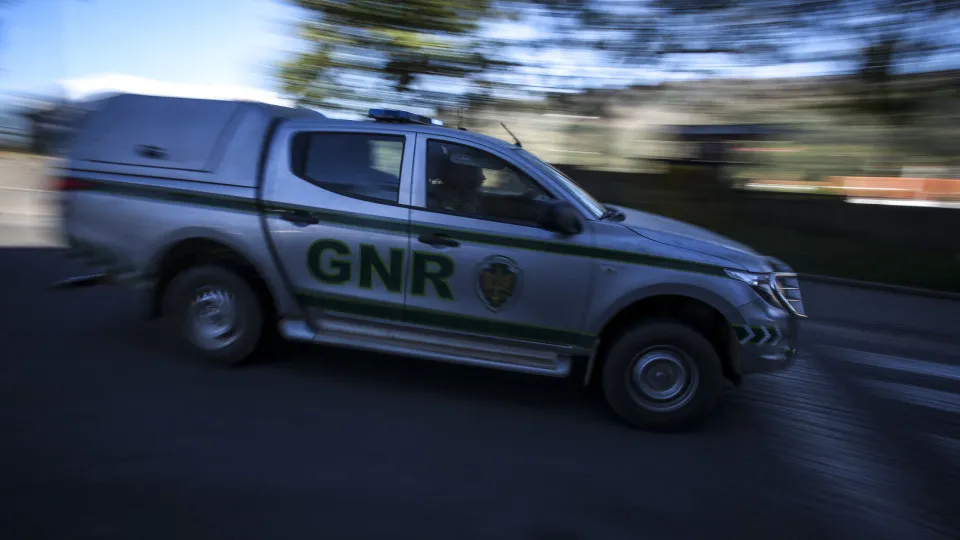
“The LIFE Ilhas Barreira has demonstrated that conservation is possible, effective, and replicable. Now, it is up to the authorities and society to keep this commitment alive,” stated Joana Andrade, project coordinator, as cited in a press release from the Portuguese Society for the Study of Birds (SPEA).
Launched in 2019, the project included biosecurity measures, dune restoration, the modernization of the Wildlife Recovery and Research Centre (RIAS), and educational actions involving over 6,800 students.
According to Joana Andrade, the initiative “was crucial in the recovery of the Audouin’s gull (Larus audouinii), a globally declining species that found refuge” in this significant ecological zone on the Algarve coast.
“In 2019, there were about 2,500 nests, and by 2024, this number exceeded 7,000. The recovery was accompanied by a recent natural expansion of the colony from Deserta Island to Culatra Island, reducing the risks associated with concentration in a single location,” she emphasized.
Over six years, the LIFE Ilhas Barreira facilitated the removal of all wild cats from Deserta Island, “reducing the risk of predation,” while traps were installed “to control rodent populations and develop a biosafety plan.”
Besides updating the International Action Plan for the Audouin’s gull, the project also proposes expanding the Special Protection Area (SPA) of Ria Formosa, aiming to enlarge the SPA marine area to over five times its current size, essential for ensuring the protection of threatened seabirds.
According to SPEA, the little tern (Sternula albifrons), a species vulnerable due to nesting on sandbanks, benefited from the installation of fences and signage on beaches, reducing human disturbances.
In wildlife rehabilitation efforts, the LIFE Ilhas Barreira modernized the RIAS Centre, which treated 7,562 seabirds from 2019 to 2024 and released 3,208 back into the wild.
At the same time, “the causative agent of the paralytic syndrome, botulism, was identified, allowing for the creation of an internationally shared therapeutic protocol,” SPEA highlighted.
On Deserta Island, grey dunes, considered “a critical and fragile habitat,” were also targeted, “by limiting gull access and removing invasive plants” over 1.6 hectares using innovative techniques to eradicate species like iceplant.
The measures, such as using dark tarps for iceplant elimination, “proved effective, and the mapping of invasive plants on other islands inspired the removal of these species on Tavira and Armona islands,” according to the statement.
The project also developed actions to reduce accidental bird catches in fishing nets, promoting best practices among fishers, and tested deterrents at landfills and harbors to limit yellow-legged gulls’ access to food sources.
The LIFE Ilhas Barreira was funded by the European Union and the Environmental Fund, involving six partners: SPEA, the universities of Algarve and Coimbra, the Nature and Forest Conservation Institute, RIAS, and the company Animaris, the concessionaire of the restaurant area on Barreta Island.
According to SPEA, the “continuation of positive results” will depend on the implementation of the new marine SPA [Special Protection Area] and sustained collaboration between institutions, fishers, and citizens through the Post-LIFE Conservation Plan for the next five years.




